Chestnuts: Swiss cultural heritage is enjoying a revival
27.01.2023 – EVA HIRSCHI
Once a basic foodstuff, and now a tourist attraction: sweet chestnuts may no longer be as important as they once were to the Swiss economy, but they are currently enjoying a cultural comeback.
“Hot chestnuts! Get your hot chestnuts here!” comes the familiar cry from the small brown huts in side streets during the cold months, as the scent of charcoal-roasted sweet chestnuts fills the air. Even if this mental image is integral to how we think of winter in Switzerland and we cannot imagine the season without vermicelles, chestnut soup and caramelised chestnuts, only around 100 tonnes of these nuts actually come from Switzerland. As much as 2,500 tonnes are imported, mainly from Italy but also from Portugal, Spain and France.
The chestnut nonetheless has a long tradition in Switzerland. Until the 19th century, it was an important part of people’s diets. In the southern Alpine valleys, Ticino and Valais in particular, it was grown and either ground into flour, dried or roasted in a pan. Its high nutritional value and low price earned it a reputation as “the bread of the poor”. The sweet chestnut, brought to Switzerland by the Romans, is one of the oldest crop plants in Europe. The arrival of the potato in the 19th century, however, saw it lose its economic significance. Pale chestnut groves do however still dot the Swiss countryside today.
A lot of work to maintain
“Hundreds of hectares of groves have already disappeared in Switzerland,” says Patrick Schoeck, Head of Baukultur at the Swiss Heritage Society. Chestnut trees were often cut down to turn the land into pastureland or fields. Some, on the other hand, are allowed to grow wild. This is because chestnut trees need intensive maintenance and a lot of work. “It is often not worth the farmer’s while,” says Schoeck. Several local initiatives were launched in Ticino in the 1980s to avoid losing this cultural heritage entirely and to prevent chestnut groves becoming wild.
“In the ‘90s, a process of historical renovation began. Chestnuts had almost slipped into obscurity as cultural heritage in Ticino.”
Mark Bertogliati
Curator of the Valle di Muggio Ethnological Museum
There was resistance from the general public. Clearing space to prevent chestnut trees merging into the woods was seen as harmful to the environment. “Chestnut trees with their many light areas provide a biotope for completely different flora and fauna than other trees do,” explains Schoeck. “This is important for biodiversity. Chestnut groves are also diversity hotspots; the composition of the diversity is just different.”
In addition to the ecological aspect, Mark Bertogliati, curator of the Valle di Muggio Ethnological Museum, also emphasises the cultural value. “In the ‘90s, a process of historical renovation began. Chestnuts had almost slipped into obscurity as cultural heritage in Ticino.” In Valle di Muggio, for example, the museum worked with other local organisations on various initiatives to promote and revive this old tradition as an element of local identity. You can now visit former chestnut-drying houses and there are activities for all the family, from gathering to sorting.
Ticino association recognised
The association Ticino Associazione dei castanicoltori della Svizzera italiana has also been campaigning for the preservation of chestnut groves since 1999. “We work closely with schools and organise trips to chestnut groves,” says association chairman Giorgio Moretti.
Publications, events and scientific collaboration are all part of its work. For example, it supported the federal government’s efforts to catalogue varieties of chestnut in southern Switzerland and carried out DNA analyses to determine varieties. “We found around 50 types,” says Moretti. For its civic commitment, the association was recently awarded the 2022 Schulthess Garden Prize from the Swiss Heritage Society. “We are delighted that our work has been recognised,” says Moretti.
Economically, chestnuts are still not very significant in Switzerland. They have, on the other hand, become a tourist attraction: today, especially in the autumn, extensive chestnut woods are a popular destination for long walks. Chestnut festivals are also held in towns and villages in October, like the Autumn and Chestnut Festival in Ascona or the “Fête de la Châtaigne” in Fully, Valais.
The fact that some of the chestnuts need to be imported for most of these festivals does not dampen the festive atmosphere.
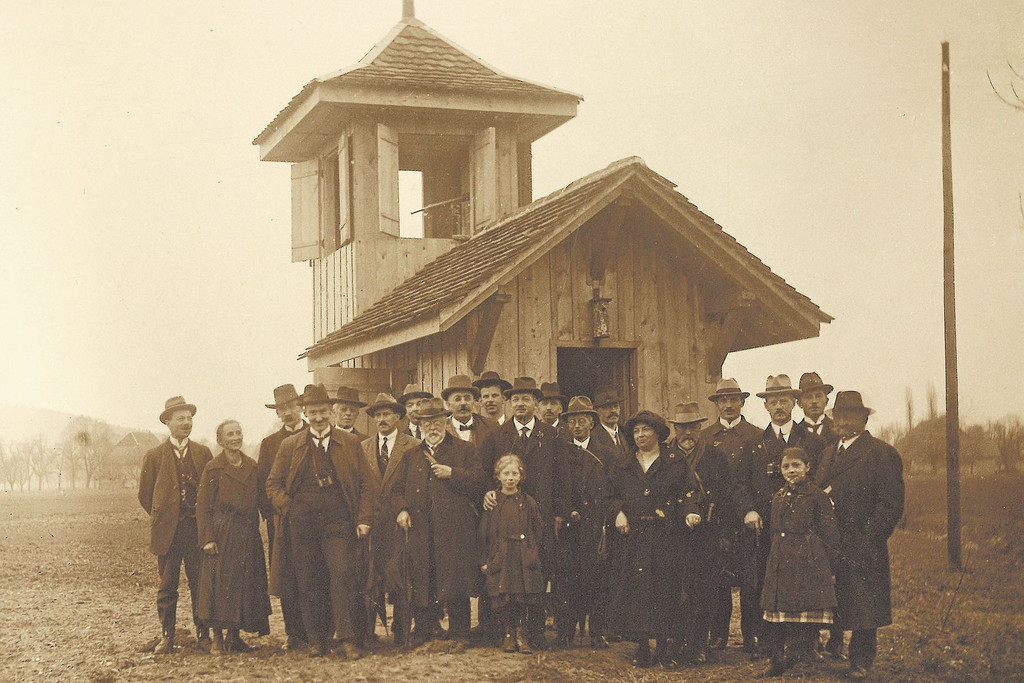

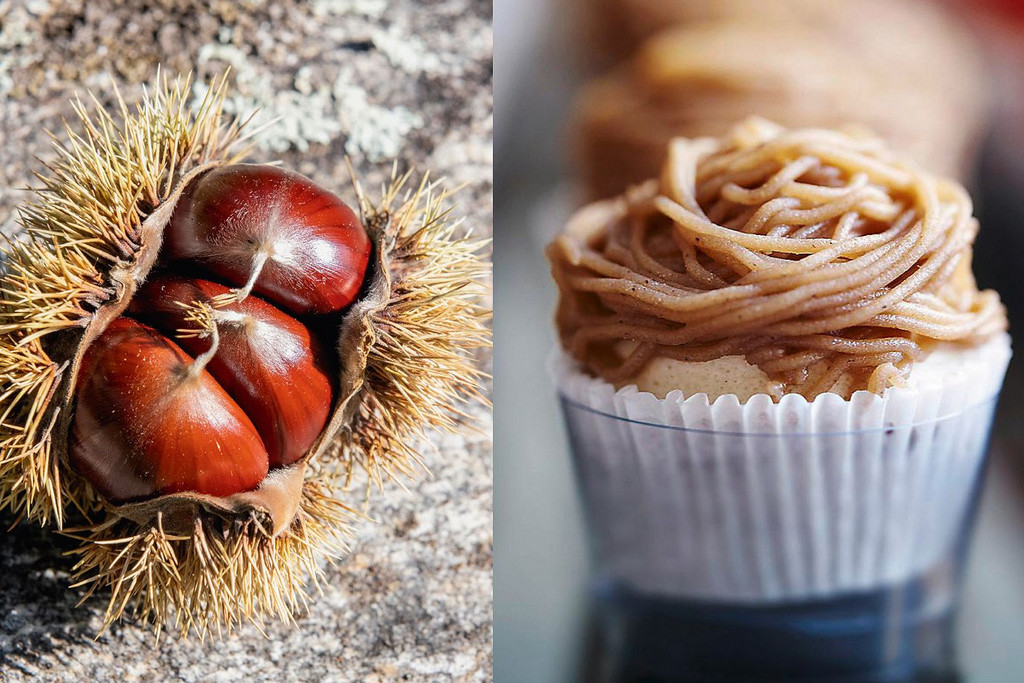


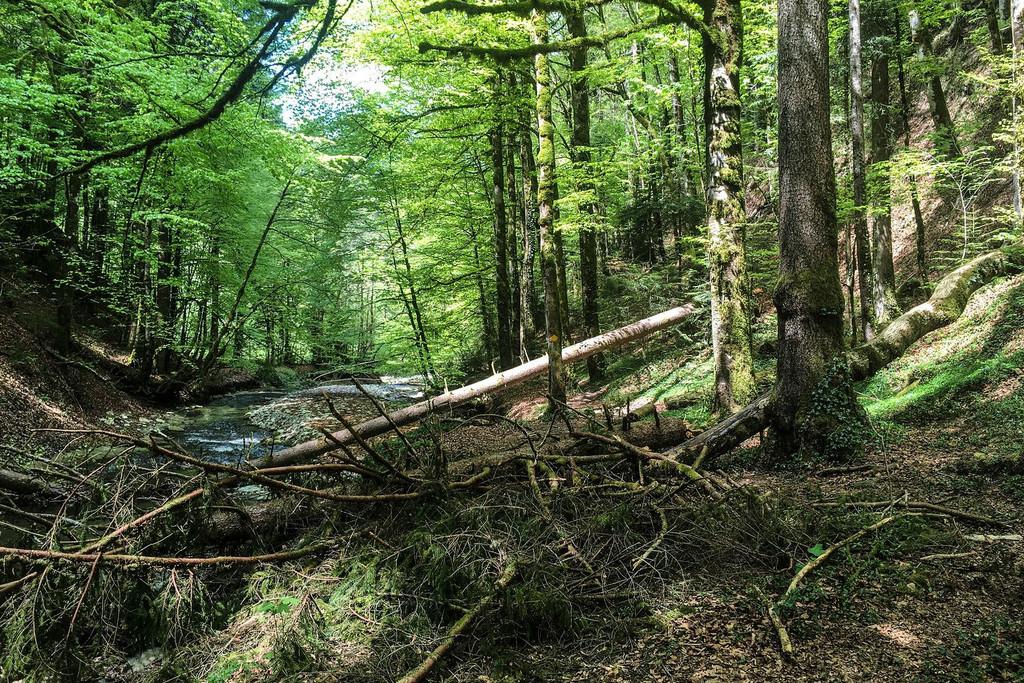





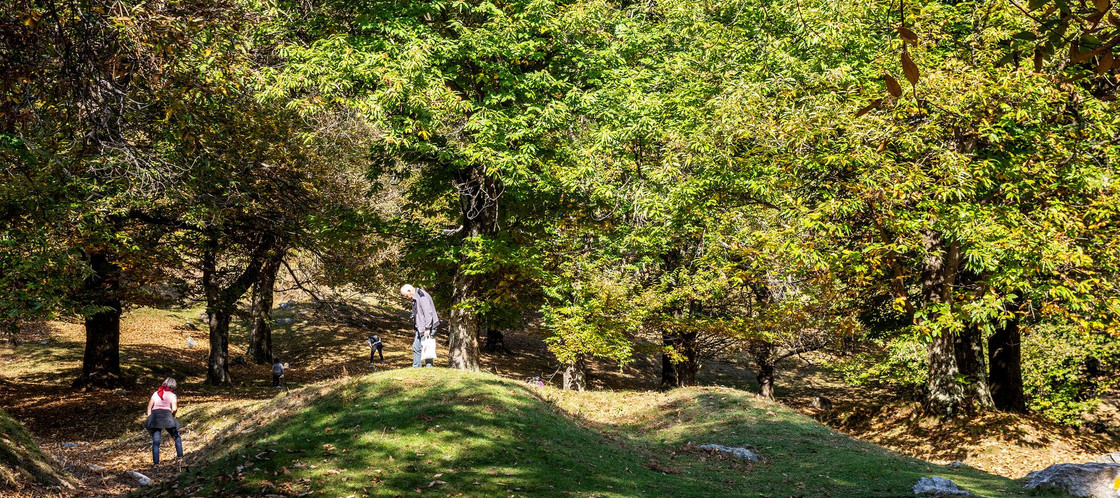
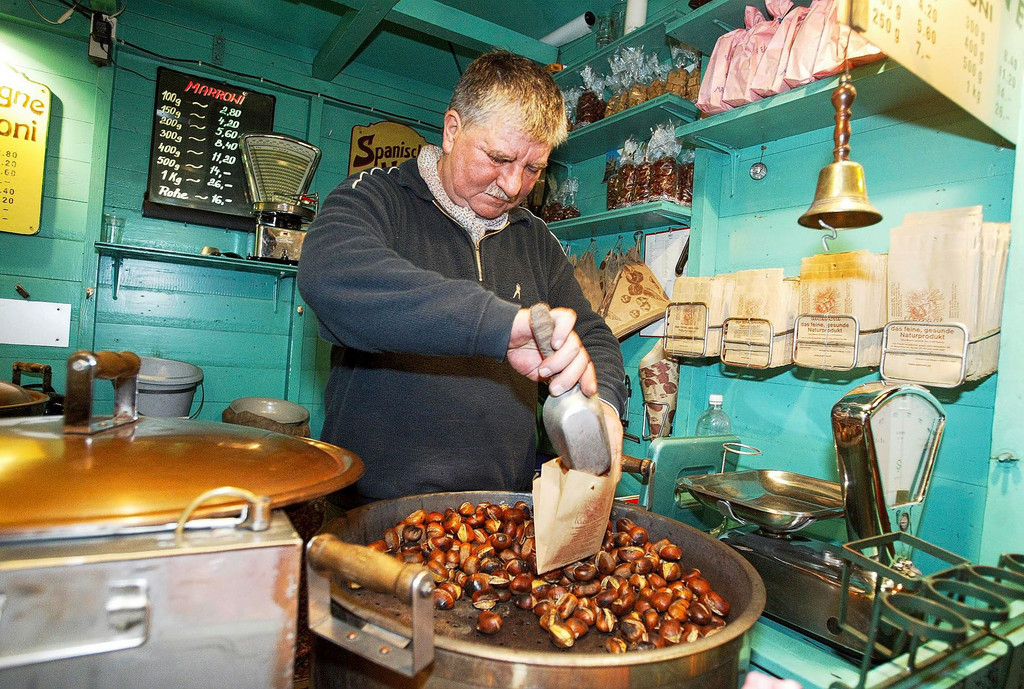
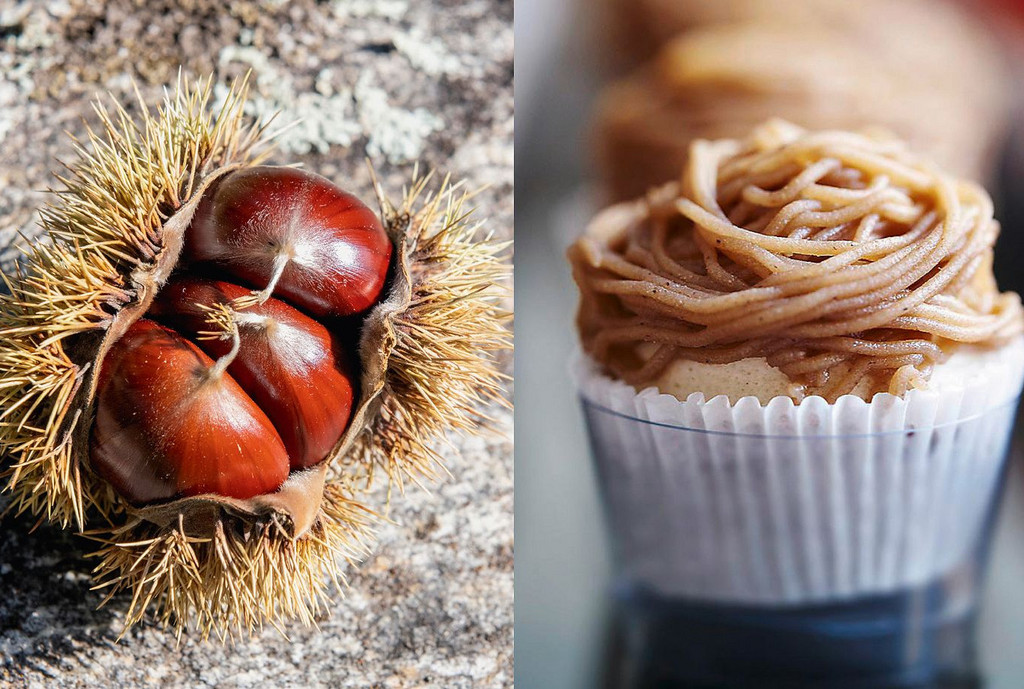
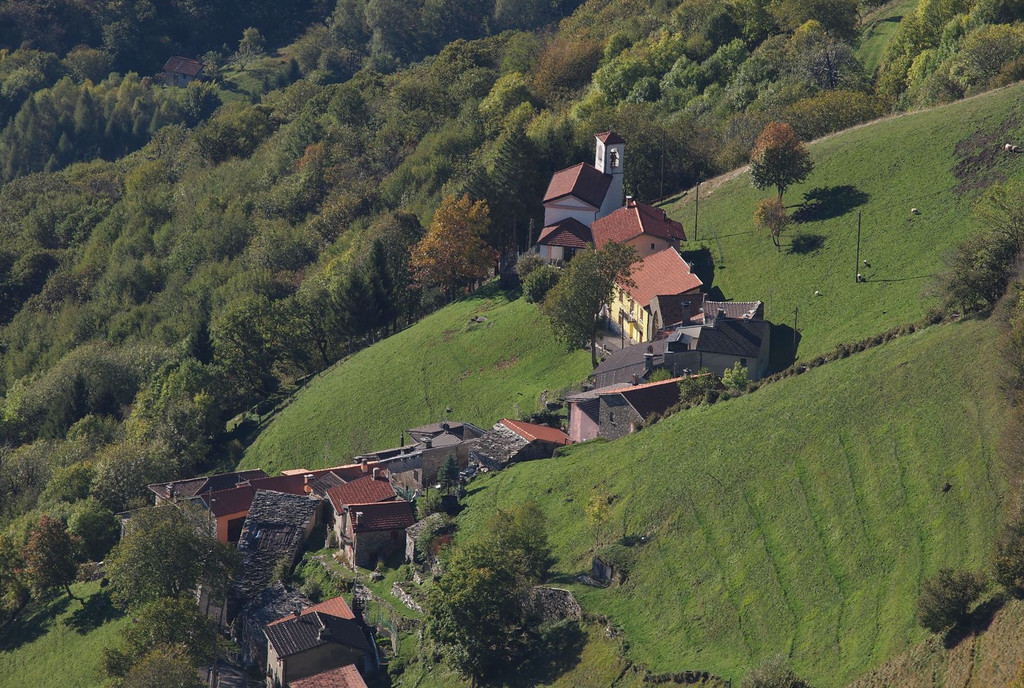
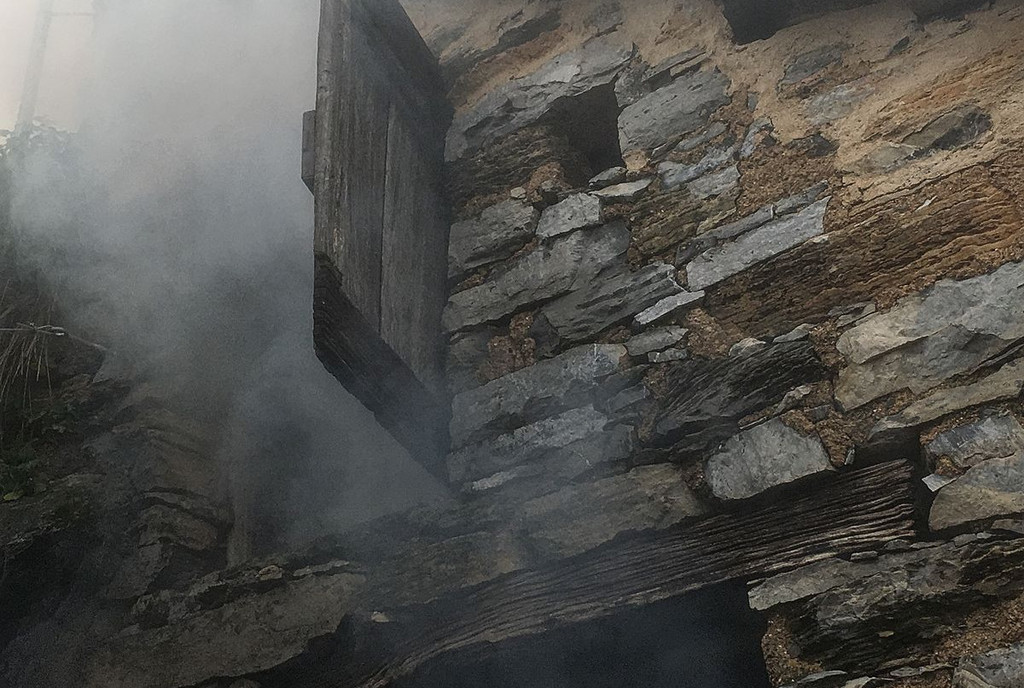
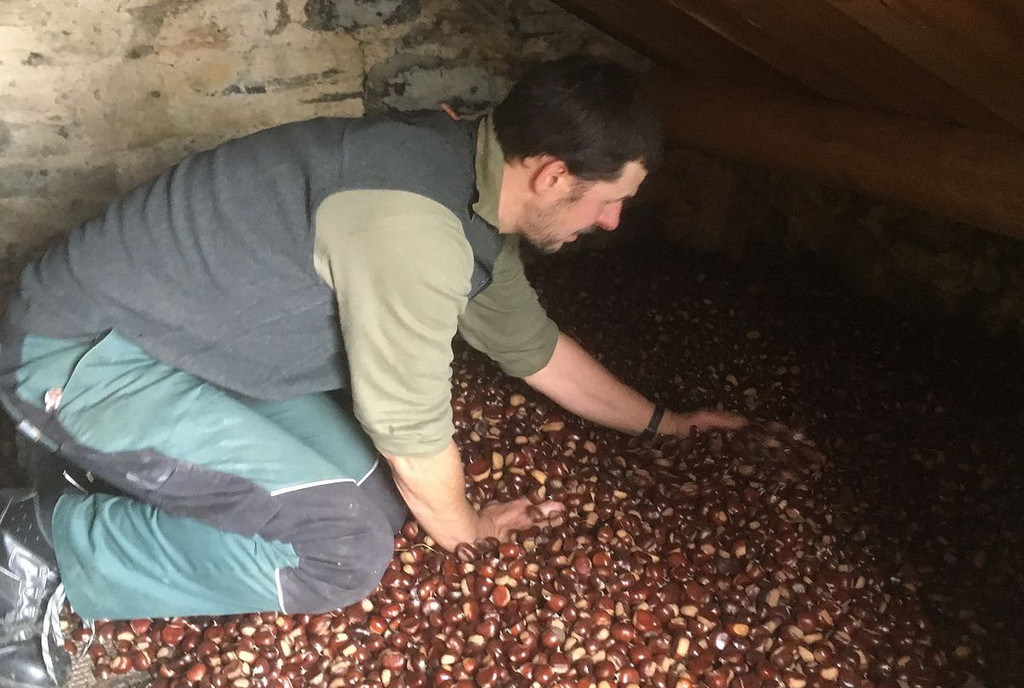
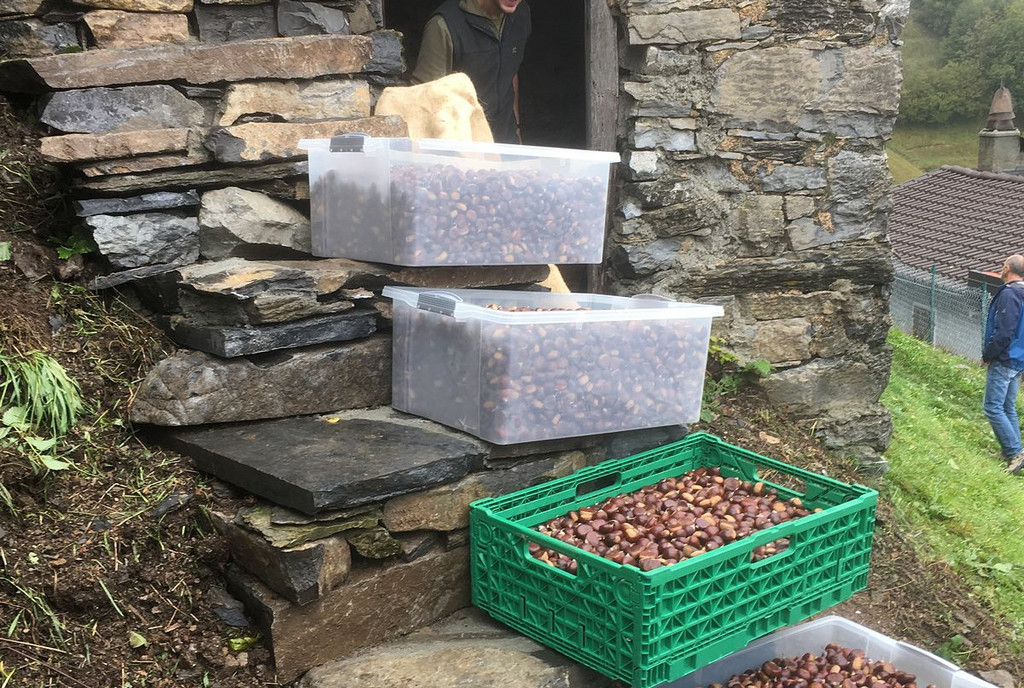
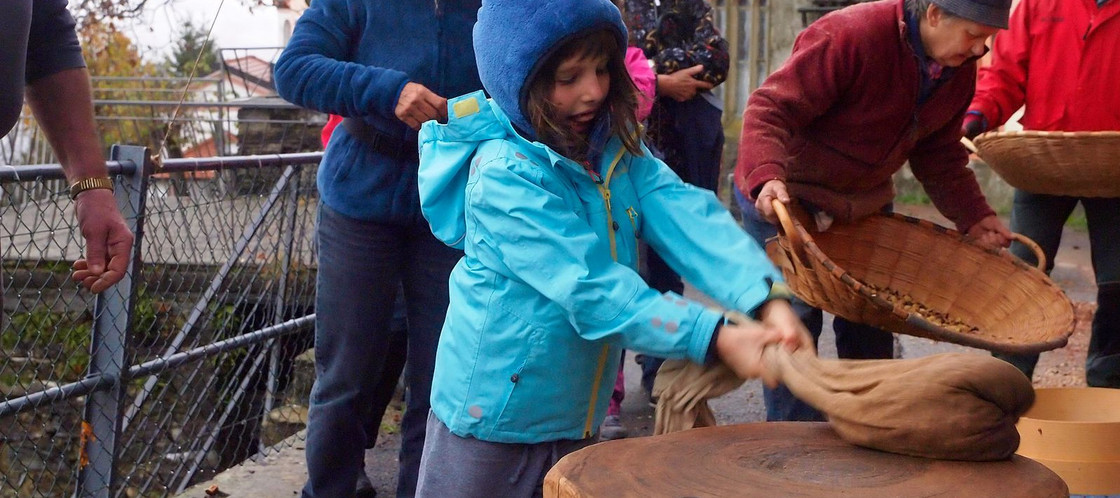
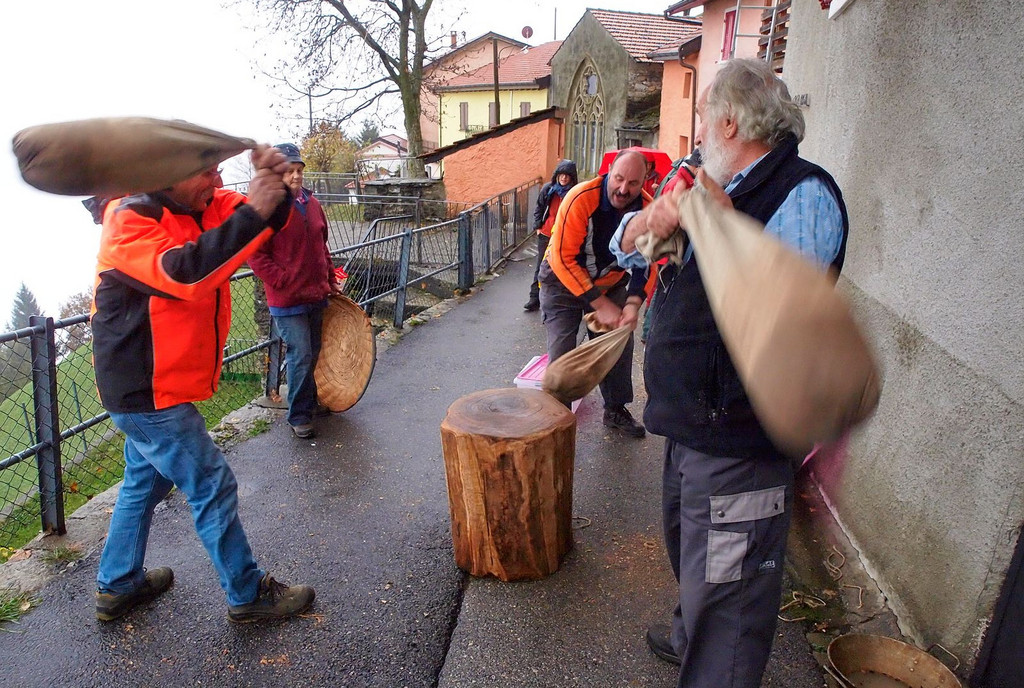
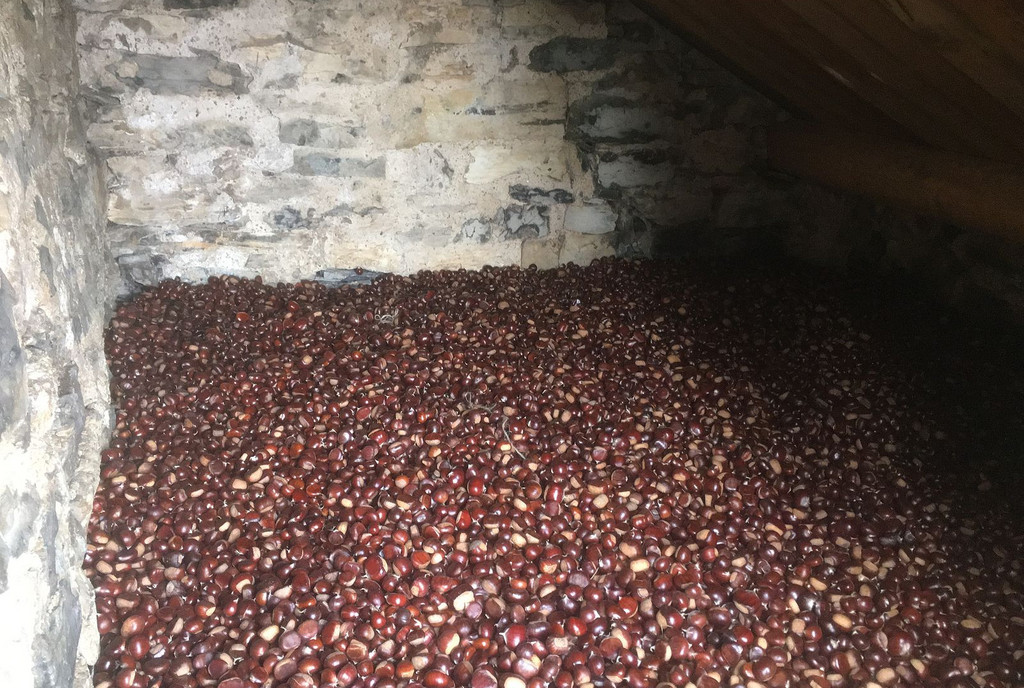
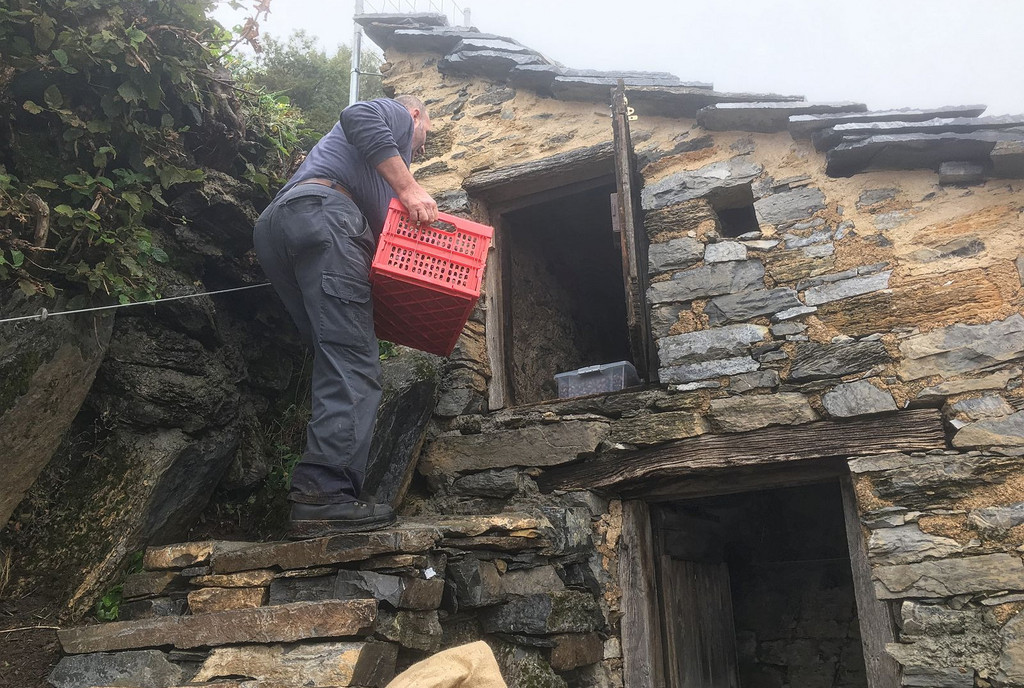
Comments
Comments :
Als Bub in Basel aufgewachsen, erinnere ich mich noch gut an die Marroniverkäufer, ausnahmslos alles Italiener, eine Tüte (oder "Gugge" wie man auf Baseldeutsch sagt) kostete mindestens 40 Rappen, und wir lachten, weil die Verkäufer "aissi Marroni" riefen....
Dieser Artikel hat mich in meine Jugendjahre versetzt. Als Kind und auch noch als Teenager waren die "Marroni-Stände" in Zürich im Herbst immer anwesend und wir wurden hin und wieder von unseren Eltern mit einer Tüte voll duftenden Kastanien beglückt.
Heute lebe ich seit Jahrzehnten in Neuseeland, zwar ebenfalls glücklich, und erreichte inzwischen den Anfang meiner 90er Jahren, aber wenn ich Artikel wie diese aus der Scjhweiz erhalte, dann wird es mir doch ganz warm ums Herz und ich wünschte, dass ich noch einmal den "Duft der Marroni" erleben und eine Tüte heisse Kastanien essen könnte.
Es macht mir nun besonders Freude, dass der neue Trend die alte Sitte den heutigen Schweizern wieder glückliche Stunden bringt.
En matière de polyculture, le châtaignier aime la compagnie du noisetier, du chêne, de l'aulne glutineux, de la fougère, du buisson d'Erica, du genêt, du chèvrefeuille, du raifort, du lierre, de l'arachide, des champignons. La conservation des selves de châtaigniers répond au besoin d'esthétique et d'expérience dans le paysage. Dans le cadre du changement climatique, les châtaigniers pourront peut-être s'établir plus au nord...
Comme la production de châtaignes couvre la période d'août à décembre, la transformation des produits peut être une autre source de revenus pour qui travaille la terre.
Der Kastanienbaum mag in Sachen Mischkultur die Gesellschaft von Haselnuss, Eiche, Schwarzerle, Farnkraut, Erikabusch, Ginster, Geissblatt, Meerrettich, Efeu, Erdnuss, Pilze. Die Erhaltung der Kastanienselven dient dem Bedürfnis nach Ästhetik und Erlebnis in der Landschaft. Im Zuge des Klimawandels können sich die Kastanienbäume vielleicht weiter nördlich etablieren...
Da die Kastanien-Produktion die Periode von August bis Dezember abdeckt, kann die Verarbeitung der Produkte eine weitere Einkommensquelle für Landbewirtschaftende sein.